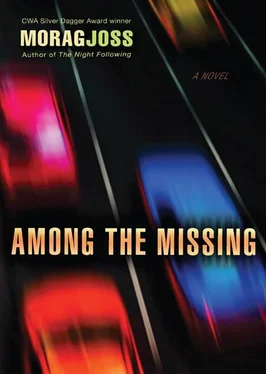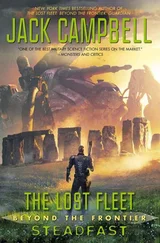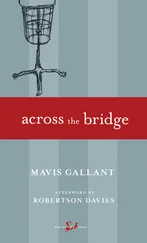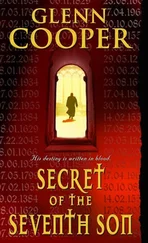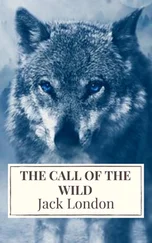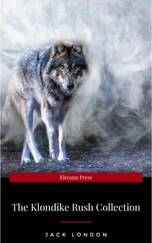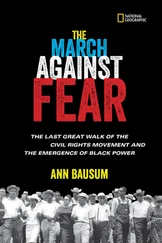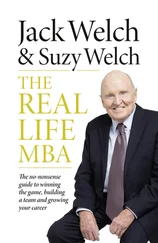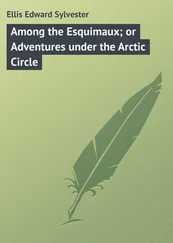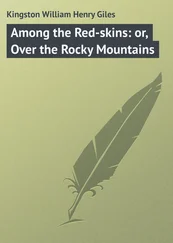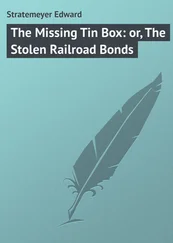I found myself crying, too, with a strange sorrow that was both impersonal and personal, for I cried for the strangers who were lost but also with relief for Stefan and Anna. They would be safe. By now the new license plates would be on the car, and all I had to do was get back to Netherloch and pretend I had just discovered that it had been stolen from the car park behind the school. But would anyone care, now? A bridge had collapsed and people were dead and missing; it was impossible to believe that the lies I was going to tell about the car could be of any real importance. Yet I had to go. Stefan was relying on me.
But Netherloch was only about seven miles inland from the estuary bridge, and the narrow stone bridge in the town was the next crossing place over the river. There was bound to be disruption on the roads. For the next hour I kept the television on for traffic news. The video of the catastrophe was replayed endlessly. At a quarter to six, I had another text message:
In nothr bar! Going for curry. Eat without me ok sorry
I lay back on the bed in the dark room. Reflections from the screen danced in muzzy patterns over my hands, folded across my stomach. In the next half hour the video was run another four times, with slight variations in the commentary as a range of people gathered in the studio to give their viewpoints. Then live footage appeared. In the background rescue teams with boats and helicopters and ambulances scrambled around under emergency lighting. A reporter in an overcoat stood on a roadside clutching a microphone and said that the number of vehicles believed lost in the water continued to rise. It was feared that it might never be known for certain how many, for in such strong tides and deep water, cars and bodies could be swept out to sea and never found. But, on a more optimistic note, nobody was giving up hope, the reporter said. Some people had made it out of their cars and swum through the freezing water to the bank of the river, where they were being treated on the spot for shock, exposure, and injuries. There was severe road congestion, and police were urging people to keep away. Anyone concerned for a loved one should stay by the telephone and not attempt to come to the bridge.
Then the screen filled with different images, dark and grainy. I was looking at more video footage, which, said the news anchor, relieved to have something new to show, had just been made available. Another, more solemn, voice said that what was about to be shown captured the vital seconds before the collapse. It might provide evidence as to the cause, and help with identification of fatalities. Some viewers might find the images upsetting, and at this stage police were not confirming the identities of any of the vehicles shown. In silence the new pictures rolled, blurred and gray like old newspaper photographs suddenly animated, but lit by a kind of innocuous afternoon light. The vantage point was a fixed bird’s-eye view of a road whose broken white line in the tarmac stretched away through the center of the image. This was the vital footage, said the voice, from the speed camera at the top of one of the arches of the approach on the southern side, only a hundred meters from the start of the bridge. The back view of a blue car swelled into the picture and receded, leaving the road empty again. The commentator remarked that the time, midafternoon and midweek, meant that traffic on the bridge had been light. A van and another car appeared, slowed, moved beyond the reach of the camera. For a few moments there was silence again, and the empty road. Softly, the voice said viewers were witnessing the procession of the last vehicles known to have passed under the arch when the bridge was still standing. The timing of the footage and the recorded moment of the collapse meant that these cars could not have made it all the way across; seconds after these images were caught, they would have been on the bridge. Moments later, they must have been plunged into the river. Two more cars emerged into the picture, paused, and drove on. Then speckles of gray and white invaded the screen, it turned black, and the video wound back to the start, with the bird’s-eye view of the empty road.
The footage ran again; cars came into view, moved across the screen and out. This time the video was stopped, trapping each vehicle for a moment in the center of the screen, in a fuzzy blizzard of static. The studio voice stressed that police were not releasing any details. Anyone concerned for a relative was urged to stay by the telephone. Emergency information lines would be operational soon. Slowly each car came forward, and each time the camera froze. And there, a few seconds after a black four-wheel drive and in front of a white van, was my car, the silver Vauxhall. It edged its way on and out of the picture.
My telephone blinked with another message:
Come if u want. Jewel of Raj in F. Aug. Feet soaked bring other sneakers ok?
I listened again to the voice from the television saying emergency lines would be open soon. Another message came through.
No transport back l8r unless u come with car.
I switched off the television and sat in the dark. I didn’t move at all. I didn’t dare move, for fear the least flutter of my hand or blink of an eye would alert someone to my continued presence in the world. I ought not to be here. It was through some error of fate I was still here; it was a mistake. Someone else instead of me had driven my car onto the breaking bridge and straight into the force that had twisted the road away from under its wheels and flung it into the river. I tried to control my shaking. It was essential I remain still. I ought not to be here.
I switched on the television again. In silence, the bridge camera video ran once more. The numbers for emergency information lines flashed on the screen between the cars crawling sporadically up the approach road. Again, my car passed under the arch and on toward the bridge. Along the flat lower edge of the muzzy rectangle of the back window, I saw the merest soft, dark curve: the dome of Anna’s head.
The next pictures were from a village hall on the north side of the bridge where a shelter had been set up for casualties. A pale, young, shivering face peered from the hood of a blanket and spoke to the camera.
“Suddenly there’s no road, there’s nothing in front of me and then I’m going down and I’m thinking this is it I’m going to die, but I got myself out I don’t know how, next thing I’m in the water, it’s cold it’s really freezing but I get to the surface and then I’m trying to swim and I’m just thinking keep going, keep going. I saw people in the water, there was all this wreckage and cars and stuff, then I couldn’t see them anymore. You just keep swimming and keep your head above water and hope for the best and I hope they made it.” His face crumpled; he looked five years old. “I’m lucky to be alive.”
I scanned the people in the background of a sight for Stefan. They must be there. He and Anna could not have died that way. What was the use of it, love like that, unless it achieved at least the keeping alive of the beloved? I thought of them in the car together and of the money in my bag and why it was there, and I felt sick. Could it be that I had bought my own child’s life at the cost of theirs? I thought of my mother and the price she believed had been extracted from her, and paid. Did nothing change?
Another text message came.
Heard it on news re bridge. Weird u were there y’day! Raj ok? Call me when u get here. Don’t 4get sneakers
The light from the television flickered across the leg of the dressing table and over one of Col’s sneakers lying against it with the laces tied and a wad of dead leaves trapped in the sole. On the chair in the corner I could make out the outline of his heap of clothes, big overstitched things with copious pockets and zippers and gadgety little clips and features to meet a couple of dozen Boy-Scoutishly anticipated variants of weather and carrying requirements. On his bedside table were a baseball cap, his phone charger, and a book of word puzzles.
Читать дальше
